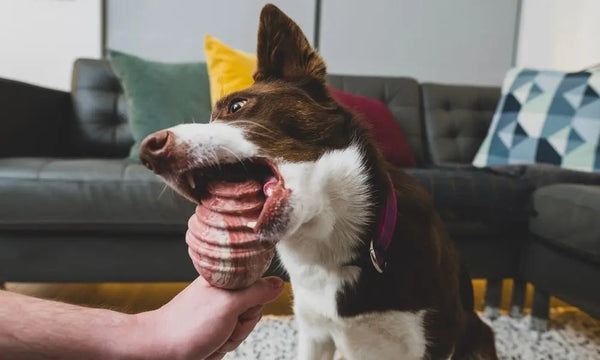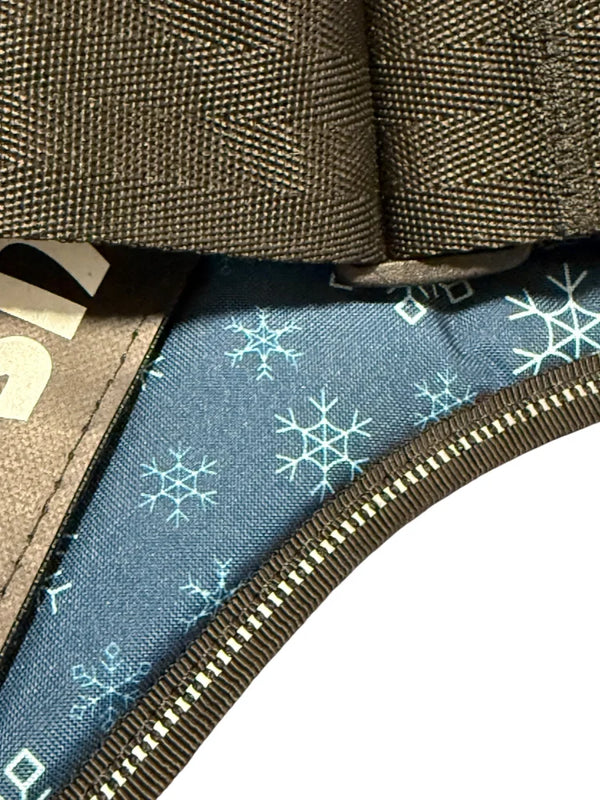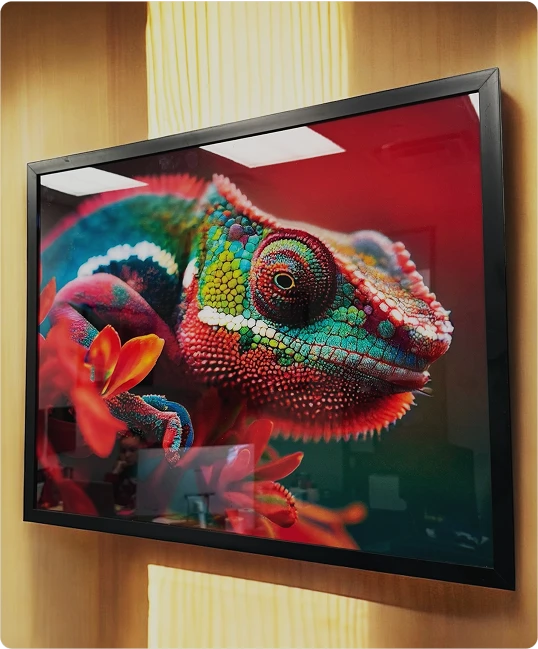
Common Bad Behavior in Dogs and How To Correct It
Just like people, dogs have all kinds of behaviors—and some are better than others. Knowing how to control these actions and eliminate what’s naughty is essential to protecting your dog and those around you. An out-of-control dog doesn’t see you as the alpha and, therefore, won’t obey your commands.
Behaviors such as jumping, leash-pulling, nipping, chewing, barking for attention, and aggression are all behaviors to weed out to ensure a well-trained pooch. By understanding each common bad behavior in dogs and how to correct it, you can encourage good behavior and discourage bad so that you and your four-legged friend can enjoy countless adventures together!
Jumping
When your dog’s a puppy, jumping is cute, especially when it’s greeting you after a long day at work. However, this behavior is inappropriate and becomes more dangerous as your dog grows.
Moreover, your pooch may associate jumping with attention if you praise it when it does so, which increases its reason for doing so. There are a few ways of correcting this, but both require your furry friend to calm down before you say “hello.”
Correct It by Turning Your Back
To correct this behavior in your canine, try not to overexcite it during a greeting, as this may lead to jumping. Instead, remain calm. If your dog jumps on you, turn your back and ignore it until it calms down. This technique will force it to remove itself.
Correct It by Making Them Sit
If your dog’s old enough to understand commands, teach it to sit; this way, you can have it do so on command when you or someone greets it. When it’s calm with all four paws on the ground, you can say wonderful hellos without the risk of injury.
Leash-Pulling
Leash-pulling is frustrating, annoying, and dangerous, especially when larger breeds do so—you risk your dog pulling you off-balance or running off. You need to teach your dog how to walk on a leash as this is not a natural but a learned behavior.
Correct It With the Right Harness
Begin weaning your dog off this naughty behavior by getting the right gear. Tugging on the leash becomes more challenging in a harness because it must use all its bodyweight. With the proper harness, you also prevent your dog from hurting itself if it pulls too much. Invest in a high-quality dog collar and harness for on- and off-leash time; Julius K9 offers great options for both!
Correct It With a New Command
Use a vocal command to get your dog to walk with you rather than ahead or behind. What you choose is up to you, but many dog owners use the command “heel” or “walk with me” during training. As you teach your dog this command, use positive reinforcement, such as treats and plenty of praise, so your canine keeps up the good work!
Nipping
Whether your dog nips you or other animals, untrain this dangerous behavior as soon as possible. Dogs often nip while playing, but they may also do so when annoyed. Whatever the case, don’t tolerate this behavior.
While biting is common in puppies, especially during the teething phase, you shouldn’t be their object of choice. If you allow your dog to do so when it’s young, it will think the behavior is still acceptable once it’s fully grown and has stronger jaws.
Correct It by Saying “Ow”
Despite what many of us wish, dogs don’t understand language in the same way people do. Rather than associate words with meaning, they recognize behaviors. If your pup is nipping at you, try saying “ow” in a high-pitched tone, as this will mimic the yelp it would otherwise hear from smaller mates when playtime gets too rough.
Correct It With Socialization
Properly socialize your pet with other animals and people of all ages, as this increases its comfort around new stimuli and reminds it what is and is not acceptable. Additionally, by playing with other dogs, your canine can rely on its pack mentality and learn to recognize when it’s getting too rough.
Chewing
While this behavior is like biting, it’s not identical. Chewing refers to your dog damaging or destroying inanimate objects. Just liking biting, puppies naturally chew, as do fully grown dogs.
Some dogs do this out of boredom or separation anxiety, but others do it because it’s natural. Regular chewing could be a sign that your dog needs more exercise to tire it out and other forms of entertainment.
Correct It With New Toys
Many dogs chew objects when they’re bored, so keep your pooch stimulated with plenty of toys. With a variety of toys, your dog can entertain itself or play with you to get some much-needed attention. And a tired-out pup won’t need to chew on what’s yours!
Correct It With Proper Reinforcement
Consider teaching your dog a new command, such as “leave it,” and say this when it chews objects that don’t belong to it. Additionally, keep dangerous objects, such as wires, electronics, and personal items, out of its reach. If it gets the urge to chew something, these objects are hazardous and could injure your dog.
Barking For Attention
Dogs communicate through barking, growling, and whimpering. While they may do this to express how they’re feeling, some dogs learn that this behavior is an easy way of getting attention—whether it be positive or negative.
Correct It by Not Reacting
If your dog begins barking or whimpering to attract your attention, don’t feed into this. While it may sound mean, ignore your dog in these moments. Refuse to give it attention, as doing otherwise reinforces this behavior and makes it more likely to continue.
Correct It by Giving Appropriate Attention
Your dog may be whimpering, barking, or acting if it’s not getting enough attention from you. Ensure you set aside enough time in your day for you and your pooch to play, snuggle, and go on walks—you’re its world, after all!
Aggression
Don’t tolerate any form of aggression with your dog, whether it be around food, toys, or something else, as an aggressive dog is more likely to lash out or bite. Pick up on warning signs, such as growling, snarling, or bearing its teeth, so you know when to back off and what to correct.
Correct It With Commands
Start correcting this behavior by teaching your dog the right commands. When you’re playing with it, try using commands like “drop it” or “leave it” to encourage it to share its toys. Your dog may be territorial because it fears losing the toy altogether, so remind it this won’t happen by returning the object after taking it.
Correct It With Consistency
Your dog may lack confidence or feel anxiety, resulting in aggressive behavior. For example, if your dog has an irregular feeding schedule, it may eat quickly or be protective of its food because it’s not sure when it will get more. Create a regimented schedule for eating, playtime, and walks to prevent this anxiety.
Dogs often display signs of aggression or naughty behavior because their training—or lack thereof—has made them believe it’s appropriate. By realizing the common bad behavior in dogs and how to correct it, you can train your dog well and protect everyone around you. These behaviors may be cute in puppies, but those puppies will grow into full-grown canines with the capacity to cause damage.
Shop at Julius K9 as you search for a collar, harnesses, and leashes to better handle your dog and aid with the training process.




